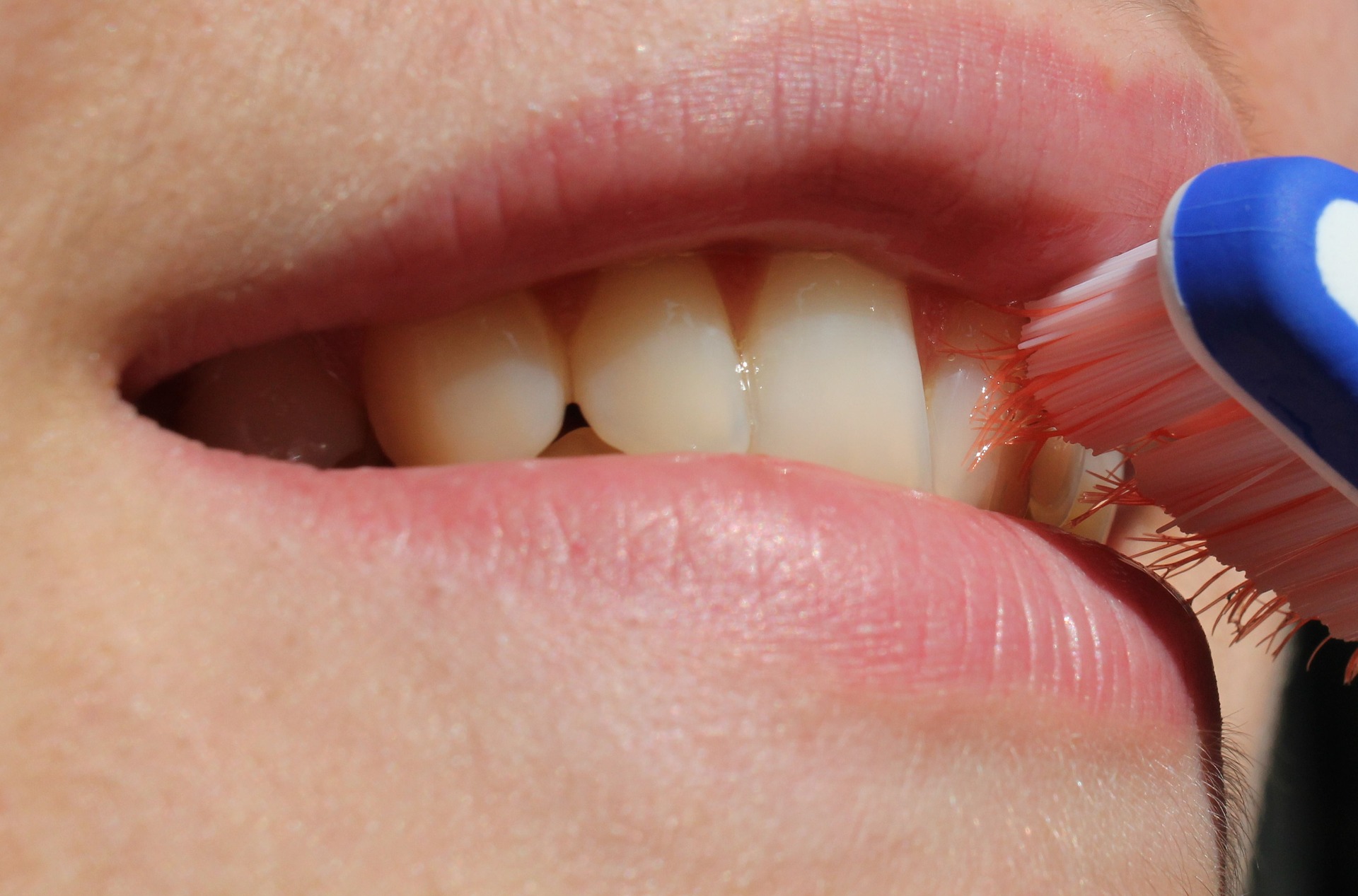Our mouths are full of bones; our teeth and jaw provide the structure and support our mouths need to function. Unfortunately, our mouths are also full of bacteria, bacteria which can do some serious damage to those bones.
When plaque, a sticky – bacteria-laden film that forms on our teeth throughout the day – builds up, bacteria can infect our gums. Periodontal infections can progress when left unchecked, and lead to gum inflammation and the destruction of the bones supporting the teeth in our mouths.
Researchers from the UConn School of Dental Medicine’s Department of Oral Health and Diagnostic Sciences have received $267,527 from the National Institute of Dental and Craniofacial Research to work on developing a better way to treat this condition.
Dr. Effie Ioannidou, who is serving as the principal investigator on this project, and co-investigator Dr. Patricia Diaz will address the current shortcomings of periodontal treatment by developing clearer guidelines for prescribing antibiotics for non-surgical periodontal treatment. Their first task is to understand the antibiotic prescribing behavior in the dental community through a national survey.
“We are excited to collaborate with the American Dental Association and the American Academy of Periodontology to explore practitioner antibiotic prescribing patterns.”
Periodontitis (gum disease) in different stages affects 10-45% of the population. As gum disease progresses, pockets filled with bacteria develop between the tooth and the gums. Currently, scaling and root planing (SRP) is the standard-of-care treatment for periodontitis for all patients regardless of their demographic, microbial, medical, and behavioral profile. With SRP, the dentist or hygienist scrapes the hardened plaque out of the pockets, allowing them to heal and close.
But SRP, which is used as the one-size-fits-all non-surgical treatment for periodontal disease, has some significant shortcomings. While somewhat effective, studies have shown people don’t respond the same way to SRP and frequently noxious bugs remain in the pocket preventing complete gum healing. These inadequacies might lead to the need for additional painful and expensive surgeries.
Systemic or local antibiotics along with SRP have been shown to be an effective alternative to control the bacteria in periodontal pockets and promote healing. However, no clear guidelines exist on who can benefit most from a course of antibiotics in combination with SRP therapy.
This study aims to survey a representative sample of general dentists and periodontists to better understand the frequency and rationale of antibiotic use in combination with SRP.
“Given the antibiotic stewardship priorities of the World Health Organization (WHO) and the Centers for Disease Control (CDC), our goal is to produce empirical evidence on appropriate antibiotic use during the course of non-surgical periodontal therapy,” says Dr. Ioannidou.
Dr. Ioannidou received her D.D.S. from Aristotle University of Thessaloniki and her graduate training at UConn. She is a clinical scientist with training in periodontology and is a tenured professor at the School of Dental Medicine, where she serves as the director of the Dental Clinical Research Center. Her research addresses clinical and translational questions on the anti-inflammatory effect of periodontal interventions in systemic health, as well as chronic kidney disease. She is currently the associate editor of the JDR Clinical and Translational Research and a member-at-large of the American Association for Dental Research (AADR) Board of Directors.
Dr. Diaz received her D.D.S. from Universidad CES, Colombia. She also holds a Ph.D. from the University of Adelaide, Australia. She was an NIH postdoctoral fellow and her lab studies the dynamics of oral microbial communities in health and disease. She focuses specifically on interactions between members of the oral microbial community and microbiome interactions with the adjacent mucosal tissues.
NIH Grant No: 1R34DE027410-01



